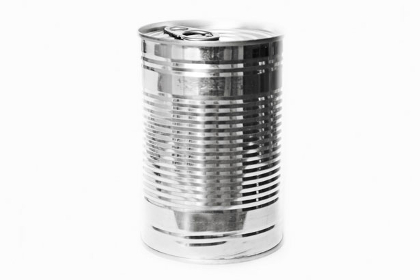
California’s Struggle over the Chemical BPA Continues
Californians this summer are starting to see a new warning at checkout lines of grocery stores, pharmacies and convenience markets that the products on their shelves may include a dangerous chemical.
But there's one problem: The signs don't tell them which products.
The chemical is bisphenol A, commonly known as BPA. California officials and a committee of experts have concluded that the chemical is a toxic substance harmful to women's reproductive health and should be added to the state's toxic chemical right-to-know law, enacted by voters in 1986 when they passed Proposition 65. While BPA has already been banned in sippy cups and baby bottles, it is used regularly in a variety of products.
July 2, 2016 | Source: Mercury News | by Ramin Skibba
Californians this summer are starting to see a new warning at checkout lines of grocery stores, pharmacies and convenience markets that the products on their shelves may include a dangerous chemical.
But there’s one problem: The signs don’t tell them which products.
The chemical is bisphenol A, commonly known as BPA. California officials and a committee of experts have concluded that the chemical is a toxic substance harmful to women’s reproductive health and should be added to the state’s toxic chemical right-to-know law, enacted by voters in 1986 when they passed Proposition 65. While BPA has already been banned in sippy cups and baby bottles, it is used regularly in a variety of products.
The state’s new warning reads: “Many food and beverage cans have linings containing bisphenol A (BPA), a chemical known to the State of California to cause harm to the female reproductive system. Jar lids and bottle lids may also contain BPA. …”
For people who really do want to avoid BPA, the warnings also include a URL to the state health agency’s website (www.P65Warnings.ca.gov/BPA), where smartphone-carrying shoppers can scroll through fact sheets in multiple languages.
But without further digging, there’s no way to know it’s in everything from water bottles to baked bean cans. The ubiquitous chemical has been used for decades to harden plastics, especially in food and beverage packaging. It’s also in some kinds of paper receipts and in epoxy resins used to line food cans and water supply pipes.
The fuzzy warning — the result of a hard-won exception by the chemical industry– comes after years of debate between health officials and the industry.
BPA is just the latest addition to Proposition 65, which lists about 800 chemicals. It’s also among the largest, and it’s the only one to have received an exception that allows generic warnings near cash registers rather than on the products themselves, said Sam Delson, the state health agency’s deputy director for legislative affairs.
Like almost all things involving BPA, the exception has proved controversial and could be considered a lobbying coup for the chemical and plastics industry, which previously tried to sue the state over the chemical’s listing.
“Prop. 65 has done a remarkably good job of getting toxic chemicals out of products and out of the manufacturing process,” said Caroline Cox, research director at the Center for Environmental Health in Oakland. But the exception to the regulation weakens the law, she said.
